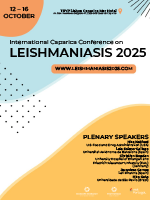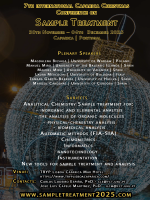The influence of reactive oxygen species and NO on oxidative metabolism and dielectric properties of living tissue
DOI: 10.5584/jiomics.v10i2.330
Abstract
The aim of the work was a comprehensive assessment of the action of reactive oxygen species and nitric oxide on the scar tissue fragment ex vivo. The study was performed using fragments of scar tissue (n=10) removed intraoperatively in patients with Dupuytren's contracture. Each fragment was divided into 3 equal parts. The first part no manipulations were performed, the second one was treated with singlet oxygen, the third piece was processed with nitrogen oxide (20 ppm). The duration of the tissue treatment period was 5 minutes for all factors. Upon completion of the experiment in all samples, the methods of near-field resonance microwave sensing evaluated the dielectric properties of tissue using a software package developed at the Institute of applied physics of the Russian Academy of Sciences. Further, each portion of the tissue was homogenized using the apparatus "UltraTurrax" according to the standard procedure. The parameters of oxidative metabolism (intensity of free radical oxidation and total antioxidant activity) were studied in the obtained homogenates by Fe - induced biochemiluminescence. It was found that the treatment of scar tissue fragments by gas flow from singlet oxygen and nitric oxide generators leads to a change in the dielectric properties of the tissue and the intensity of free radical processes in it, and the nature of the response is specific to the influencing factor. It is shown that the peculiarity of the singlet oxygen action is a moderate increase in the dielectric permeability of the tissue and a balanced stimulating effect on the pro - and antioxidant systems. The NO effect at a concentration of 20 ppm is associated with a marked increase in dielectric permittivity and conductivity, as well as a significant increase in the antioxidant potential of the tissue.









